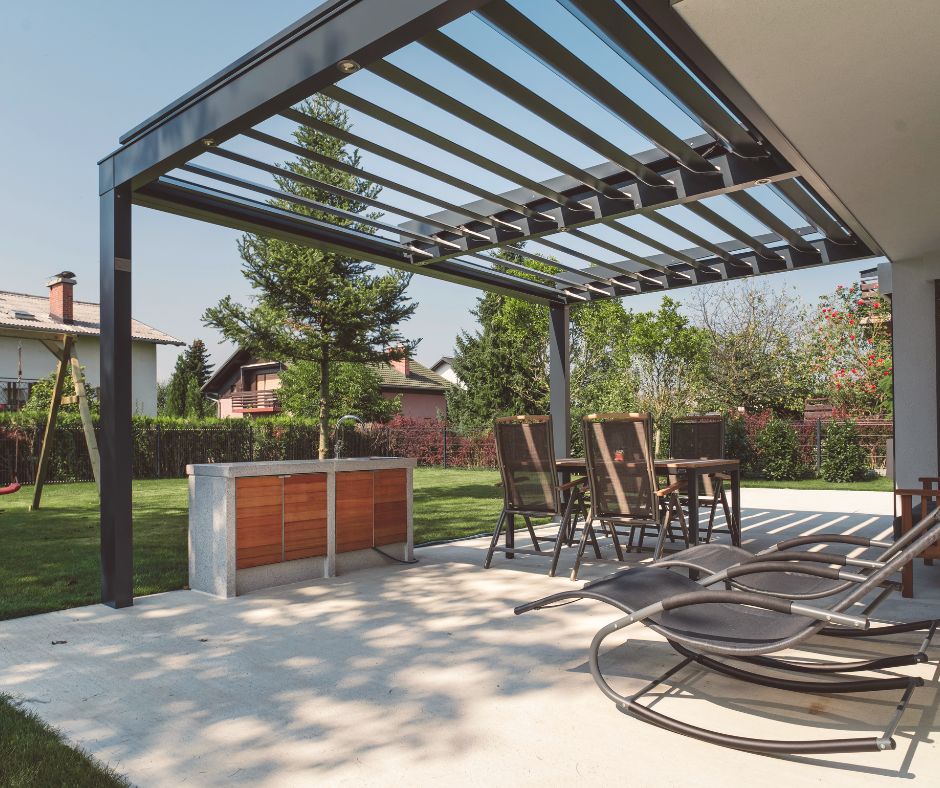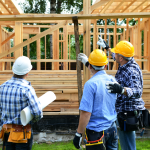What is a Complying Development Certificate (CDC) in NSW?
26th September, 2025
Planning a renovation or a new build in the New South Wales (NSW)? You might not need a full development application. Instead, you could fast-track approval with a Complying Development Certificate (CDC).
A CDC is a combined planning and construction approval. It applies to straightforward, low-impact developments. This system is designed to save time, money, and unnecessary council red tape.
When is a CDC Needed?
A CDC covers many common residential and commercial projects. These can include:
- New homes or secondary dwellings (like granny flats)
- Carports, decks, and swimming pools
- Internal shop fit-outs or office refurbishments
- Change of use for some commercial or industrial spaces
These projects are eligible only if they comply with zoning and design controls. Residential builds must meet strict requirements for setbacks, height, and lot size. For commercial projects, internal works like cafés or retail updates may be eligible under the relevant codes – but external structural changes often are not.
Secondary dwellings usually qualify if the land meets minimum size and access requirements under the NSW Housing Code. Dual occupancy developments, on the other hand, often require a Development Application (DA) due to more complex zoning rules. It’s important to check early, as not all land or building types qualify for a CDC.
When is a CDC Not Needed?
Some very minor works don’t need formal approval. These might include:
- Internal cosmetic changes like painting
- Small garden sheds under the exempt size
- Replacing fixtures without structural changes
Even so, it’s best to double-check with a certifier or conveyancer. Local councils may apply rules differently, and errors can be costly.
CDC vs DA – What’s the Difference?
Both CDCs and DAs are legal planning approvals, but they suit different types of projects. A CDC is faster and avoids public consultation. It’s only available if your plans fully comply with set codes. A DA takes longer, involves a broader assessment, and is handled through your local council. If your project doesn’t fully comply with the standards or is likely to impact neighbours, a DA is usually required.
Who Can Issue a CDC?
In NSW, you can choose between a Council Certifier or a Private Certifier. Both must follow the same planning laws and building codes. Private certifiers often offer faster service and more flexible communication.
What Are the Benefits of a CDC?
CDCs can be approved in as little as 10 days. The process avoids council delays and reduces paperwork. Because planning and construction approvals are bundled, you save time and money.
However, the build must match the approved plans exactly. If you change setbacks, roof height, or windows after approval, you may breach conditions. That could lead to stop-work orders or fines. Expert support can help prevent these mistakes.
Where Do Conveyancers Come In?
Before applying for a CDC, speak with a licensed conveyancer. They can check your Section 10.7 Planning Certificate, confirm zoning, and flag risks. This prevents wasted time and rejected applications.
Conveyancers are also key during property purchases. If you plan to build later, they’ll let you know whether a CDC is likely — before you commit.
How We Can Help You Navigate CDCs in the Northern Rivers
At Bangalow Conveyancing, we help homeowners, investors, and developers across the Northern Rivers, including Ballina, Lismore, Byron Bay, and surrounding suburbs. Whether you’re building a granny flat in Goonellabah or fitting out a shop in Bangalow, we ensure your land is CDC-ready from the start.
Our experienced team works closely with certifiers and councils to prevent delays and help your project stay compliant from day one.
If you found this blog on Complying Development Certificates helpful, don’t forget to check out our other informative blogs.



